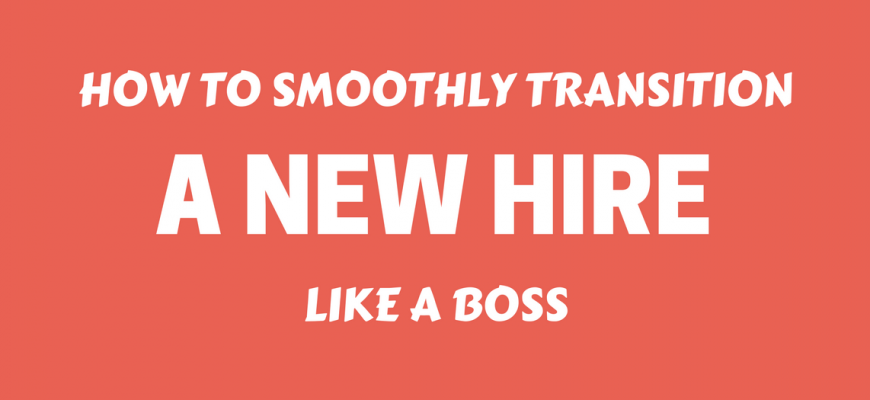When you’re in the business of providing people, materials, and the environment second chances, there’s no time to waste when it comes to onboarding a new hire.
That’s why Dana Moulden, director of operations, HR, and workforce development at Second Chance, Inc., sets expectations from the start. New management team members take their first 90 days to observe the organization and truly understand its culture and ecosystem.
“In organizations where HR does the recruiting, and not the business unit directly, it is imperative that the new hire’s direct supervisor be able to effectively onboard talent at any level. This person must be a trainer, whether professionally qualified or the ‘at heart’ kind,” said Moulden.
Transitioning smoothly from new hire to employee is always a crucial stepping stone. As an employee onboards at your organization, you’re setting the tone for the rest of their employment.
Here are some expert tips on how to transition a new hire like a boss:
1. Keep it fun
I was awarded an internship with an international management consulting firm. From recruiting to onboarding, the firm took great strides to make my experience fun, yet intellectually challenging. The human resources department gave me information on housing, cultural, and shopping options in my assigned city.
To foster relationship-building, the entire cohort of interns spent their week of orientation together. Throughout the orientation process, the firm stressed its commitment to creating a valuable, enriching internship experience. The staff conducting the orientation were from all levels of the organization and created a warm and welcoming environment.
Dana Cole Moulden, Director of Operations, HR, and Workforce Development, Second Chance, Inc.
2. Start training during the interview
At one job, managers put me to work immediately. During the interview, I had to successfully complete a simulation exercise demonstrating my ability to perform the tasks associated with the job. This helped me know what to expect, and gave me an opportunity to interact with managers I would eventually be working for.
The exercise broke down a lot of boundaries. When I was hired for the job, I used the simulation exercise as a roadmap to know what to expect.

Stacy Lindenberg, Owner, Talent Seed Consulting, LLC
3. Create a road map to transition a new hire
From day one, give new hires a hard-copy onboarding plan. We sometimes refer to this as a road map, outlining the various things that will happen over the first 30 to 90 days. These items may include specific training sessions, introductory meetings with senior managers and key personnel/leaders, peer introductions, or even workspace organization.
It’s inevitable a new hire will be left alone during onboarding. A step-by-step plan can impact the way new hires feel during these moments. The ‘alone time’ will come across as a strategic part of the plan rather than ‘busy work’ due to managers’ other priorities.

Paul Donehue, President of Paul Charles and Associates
—
What tips do you have to transition a new hire to employee easier? Let us know!












